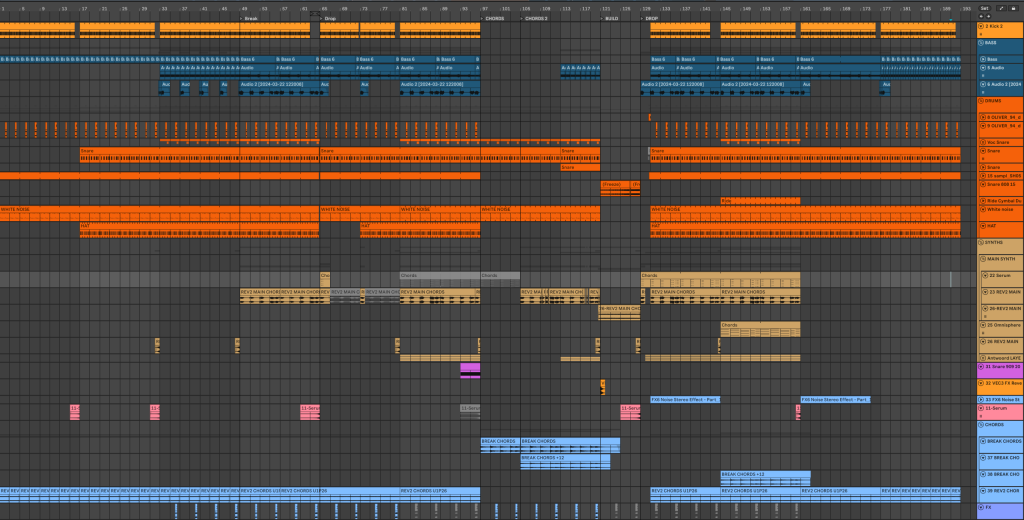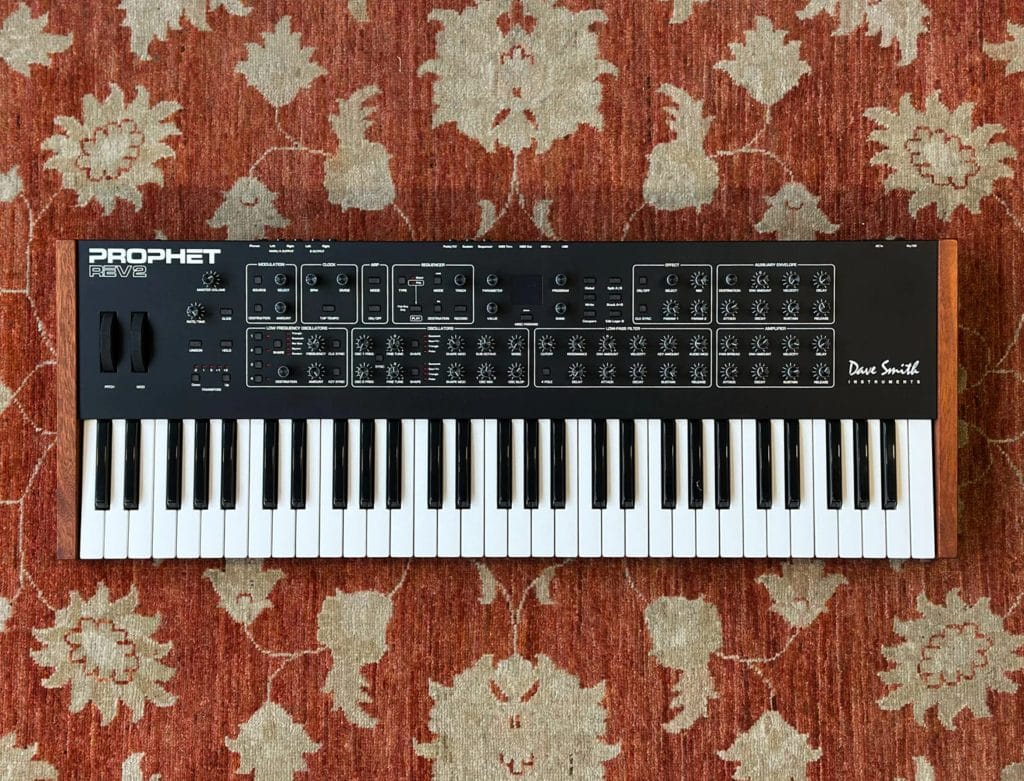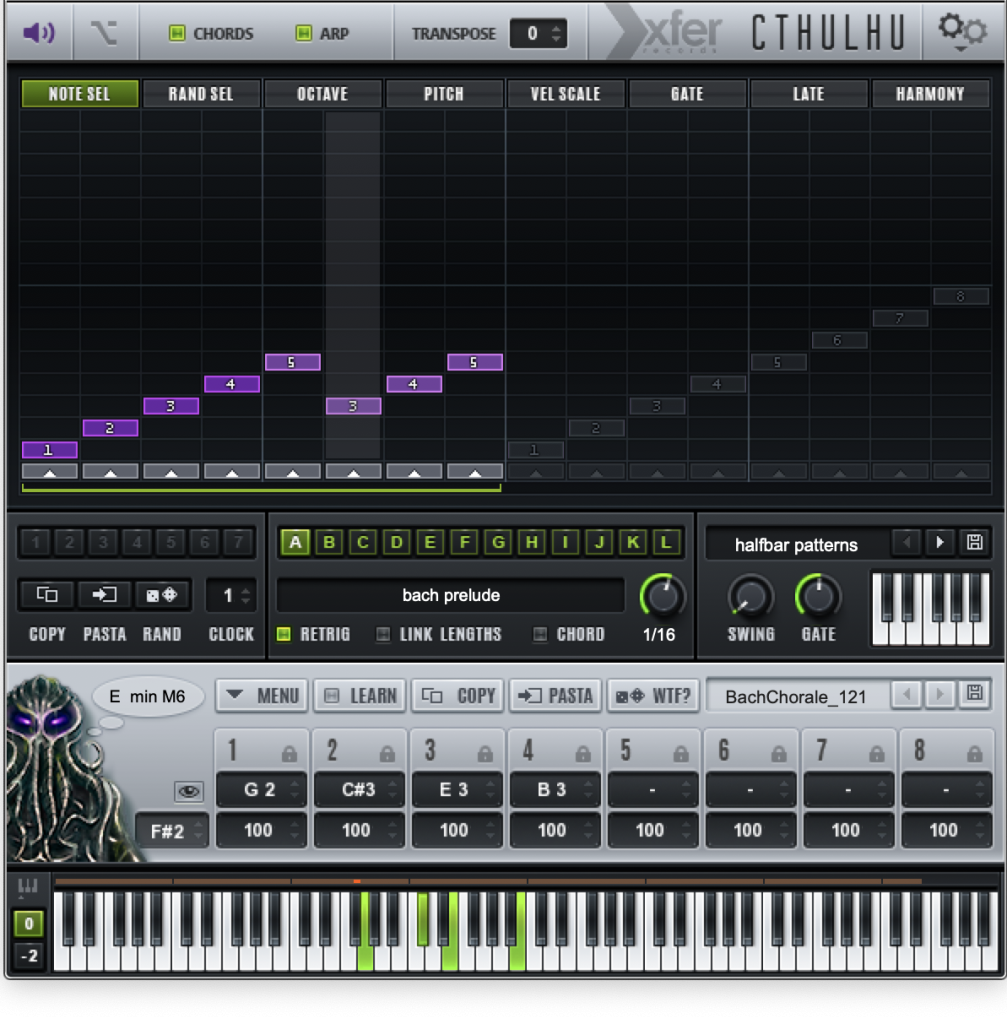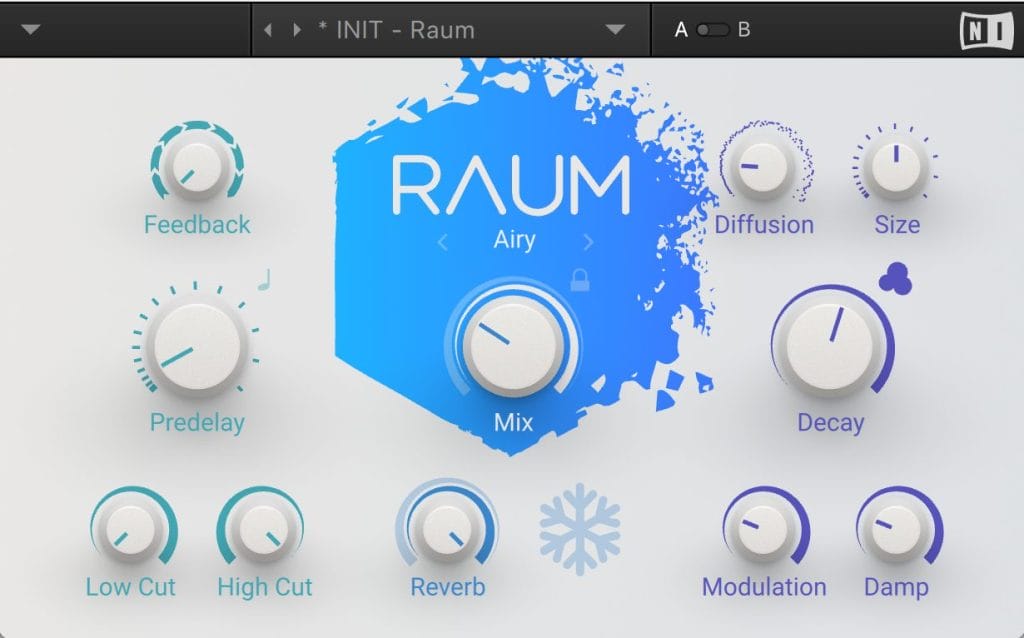
How It Was Made: Huminal, Mitch de Klein – Mirage (Purified)
Huminal has always had a knack for balancing emotional depth with technical detail, and that comes through clearly on his track “Mirage” for Purified Records. The title cut from the new EP brings a warmth and grit that sits right in line with the label’s sound while still carrying Huminal’s own character.
What makes this feature worth diving into is how open he is about the process. From sketching the main lead on a Prophet REV2 and layering it with Serum, to finding inspiration in Bach’s chord structures via Cthulhu, there’s a clear sense of both experimentation and precision at play. Even his choice of Raum—rediscovered while collaborating—shows how often overlooked tools can end up defining a track’s atmosphere.
In this How It Was Made, Huminal walks us through every step of Mirage, laying out the synths, plugins, and workflow decisions that brought it to life. It’s a chance to see how a seasoned melodic house producer translates inspiration into a polished release, and the production tips he shares along the way are gold for anyone serious about refining their sound.
Prophet Rev 2 + Serum

For the lead synth of Mirage, Mitch and I designed a sound entirely from scratch on the Prophet REV2. We both love this synth for its gritty yet warm character, it’s one of those instruments that sparks instant inspiration.
The chord progression came together with the help of Cthulhu, a MIDI generator that allowed us to experiment with chord sequences from Bach. Out of this process, we found two chords that really resonated with us, and we built the rest of the progression around them, adding our own creative touches.

To give the lead more depth and width, we layered the Prophet sound with a basic sawtooth in Serum, using increased unison to create a rich stereo effect. This combination helped the synth cut through the mix better and made it sound much more open and big.
Raum

One of the best parts of collaborating with other artists is discovering new plugins and tools you might not have tried before. One discovery for me while working with Mitch was Native Instruments’ reverb plugin Raum. I instantly fell in love with its lush, immersive sound, and now I use it on almost every project, especially on lead synths and pads, where it really shines.
Interestingly, I actually already owned Raum as part of an older version of Komplete, but I’d never installed it. That was a good reminder for me, and maybe for others too: before rushing to buy new plugins, take a moment to explore what you already have. You might be sitting on some incredible, unused tools.
Tips For Making Melodic House
Tip #1: Creating unique sounds is one of the most important things I focus on. My tracks stand out more when I use sounds that are my own instead of copying what everyone else is doing. I like to experiment with synths, effects, and features I normally don’t touch—that’s where the fun is.
Tip #2: I always make sure the main elements of a track really stand out. Drums, lead melody, bass, and some supporting pads carry most of the track, so I focus on getting those right first. I often use a timer when sketching ideas. if I don’t have a solid foundation, I move on instead of finishing something mediocre.
Tip #3: Having a strong Ableton template with my favorite sounds has changed the way I work. When inspiration hits, I can jump in and capture ideas immediately, which makes the creative phase much more productive. It’s helped me finish tracks much faster.
Tip #4: I always ask for brutally honest feedback from a few trusted producers. After working on a track for a long time, it’s easy to miss things, and feedback often points out small or even big improvements. I make sure not to ask too many people, but I also stick to my creative choices when I feel strongly about them.



